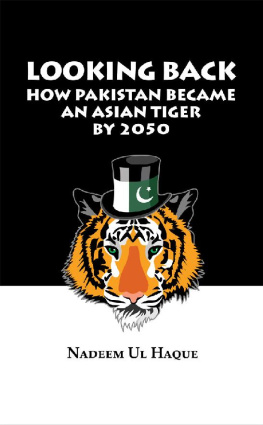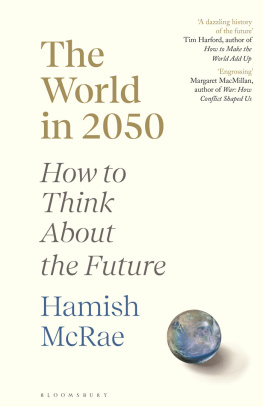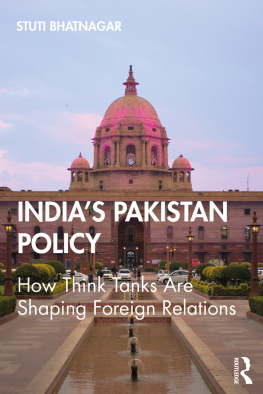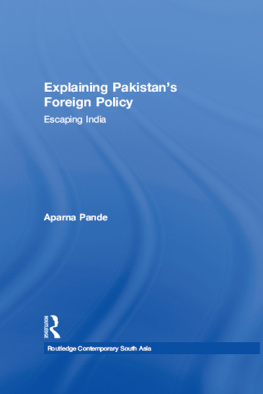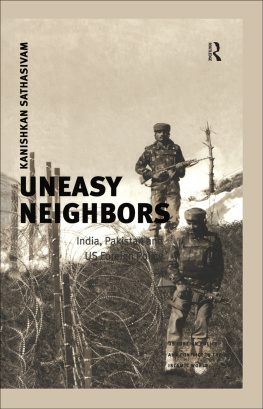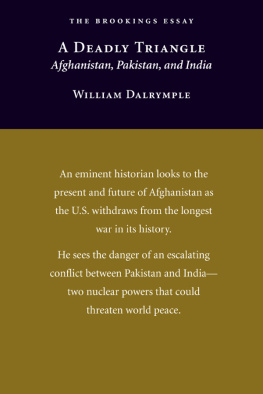While this is a book about development economics and the economics of Pakistan, it is not your usual text on such subjects.
This book was written with two objectives. First, to develop a fresh approach to understanding development policy with a special focus on Pakistan, using a new field of analysis called complexity, now gaining popularity among economists. Another objective was to present the argument in the form of a story, rather than the usual, dry economic discourse. The story is backed by a serious and rigorous analysis with a unique approach to understanding the economy, society, politics and policy in Pakistan. The hope is to generate greater understanding of issues, and, hopefully, spark a debate among members of the media, students and other thinking groups through a fictional story of Pakistans success.
The approach taken here to understanding the economy of Pakistan is very different from conventional economics where an economy is analyzed at two different levels that are often independent of each other. At the macroeconomic level, interaction of the behavior of key sectors (government, monetary and financial, private sector and external) are analyzed at the aggregate level for investigating potential imbalances and understanding growth at a point in time. When dynamic analysis is conducted, it is deterministic in nature in that the dynamics are incorporated in the structure of the model which remains invariant to the movement of time. Structural changes and developments that might happen beyond the scope of the model cannot be incorporated in such models or analyses. Innovation and technical change often happen without surprise, ruling out the process of epiphany and discovery.
At another level, various subsectors of the economy (health, education, labor energy etc.) are analyzed using microeconomic analysis. Often the data for such analysis is patchy at best leaving little more than impressionistic descriptions to inform policy. Take for example lengthy reports on poverty that measure poverty, conduct some weak regression analysis to talk about vague determinants (often no more than education, and availability of credit and assets), and then set about offering preconceived solutions like handouts, education and credit.
At times, it is not even clear what, if any, are the key linkages and causal relationships the study is trying to address, yet great claims are made about it by sector experts with anecdotal information and value judgments. Usually such writings are designed to offer predetermined policy prescriptions to a government on behalf of some paymaster in a development agency. They yield lengthy to-do lists without worrying about existing structures of politics, and societal and cultural behavior. For example, on education sector, many reports have targeted efficiency, quality and equity which appear to be reasonable objectives. But analysis in these reports offers obvious solutions based on little economic analysis. In reports by the World Bank and DFID, efficiency is synonymous with more testing, equity with more schools, and quality means more teacher training and physical improvements to schools such as construction of better bathrooms. Even if we accept these recommendations, the fact remains that donor in-house evaluations, as well as a snail paced improvement in education outcomes reveals a graveyard of projects. Much money has been wasted chasing the same analysis and backing hackneyed recommendations. Meanwhile hordes of youth remain uneducated to the detriment of long term stability of society.
Conventional studies based on these approaches treat the economy virtually as a set of separate silos. Sector studies seek to expand their share of resources to achieve expansion, mostly ignoring internal inefficiencies, while macroeconomics seeks fiscal balance through arbitrary taxation measures and expenditure cuts that affect incentives and management at the sector level. Both ignore politics and the ability of the government to manage policy and public service provisionfactors which eventually confound their prescriptions.
Efforts at improvement of any sector leads to a large provision of technical assistance and capacity building which is a fancy name for training by technical advisers. Such reforms can be gamed by civil servants as was the 2004 Public Sector Capacity Building project of the World Bank where many civil servants close to retirement went off to Harvard for 90 days primarily for a junket. The World Bank evaluation after 7 years revealed that the project was poorly designed and implemented. Nevertheless, Pakistan is left with a debt of USD 60 million.
Failure in this world does not mean the need for fresh thinking but a repeat of the same approach and analysis to lead to the same outcomes. Thus, for example, we have spent 60 years chasing revenue growth through numerous tax and administrative measures to the point that now there are no coherent principles of tax policy. Quite possibly the multiplicity of taxes may be counterproductive to revenue growth. Similarly, austerity policies followed by the government for the last 4 decades have cut fiscal expenditures arbitrarily. However, politics requires both wages and employment to grow. The result was an excessive cut in operational expenditures to the detriment of governance and public service provision.
Many analysts/consultants responded to the increasing government inefficiency suggested that Non-Government Organizations and special government projects should be created to bypass a sea of poor governance. Hopefully the sector of choice would grow even when the rest of government was pervaded with inefficiency and corruption. As a result, multiple systems of governance were created, making management and control in government even more difficult. The consultants expressed surprise when deteriorating systems of governance created further mismanagement and decline in productivity in all sectors.
Many books have been written from a conventional economics viewpoint on the economy of Pakistan and are useful and should be on the shelf of anyone interested in policy.
This semi-fictional work seeks to complement them by developing a fresh analysis of the evolution of society and the economy in Pakistan. Choosing a very different narrative approach, it looks systemically at the structures of politics, the economy and the administration, to explain why Pakistan has not been able to live up to its promises.
Societies, polities, and economies are complex phenomena, where good and bad outcomes evolve through the complex interactions of individuals, groups, and structures and institutions. These interactions create institutions which then shape individual behavior and lead to change, through time. Looking BackHow Pakistan became an Asian Tiger by 2050 argues that Pakistan can only develop and grow if it can change certain fundamental structures
What then is complexity?
Complexity differs from conventional economics in several important aspects. Some of them are:
Conventional country and sector analyses is based on an understanding of demand and supply as it emanates from models of consumer and producer models. Complexity is based on an interdisciplinary systems analysis (which includes economics) and not invested in any one behavioral model.
Conventional economics is based on representative, homogenous and rational agents. Complexity explicitly denies these assumptions. Instead, it looks at how continuous interactions of large number of heterogeneous agents with incomplete information and bounded rationality lead to development of economic and social systems. Structures and systems, such as markets, institutions and norms are not knowingly created by agents but emerge from the repeated interactions of agents. Self-organization and emergence are key to complex systems.

